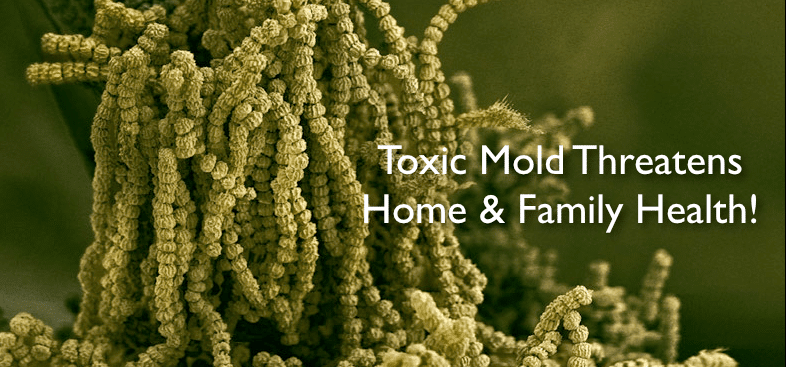
Health Risks from “Toxic” Mold
According to a Mayo Clinic Study, nearly all chronic sinus infections (afflicting 37 million Americans) are a result of molds.
A 300% increase in the asthma rate over the past 20 years has been linked to molds. (according to USA Today Cover Story)
Molds (sometimes referred to as black molds, even though mold can come in a variety of colors) can cause a wide array of adverse responses in humans depending on the type and quantity that is present. However, these are not the lone factors when considering the health affects to mold exposure. Since dose and human response can be highly individualistic, the sensitivity of the person exposed is also an important consideration. For example, infants and young children, the immune-compromised, and the elderly are at an increased risk of experiencing adverse health effects related to mold exposure.
There are many routes of exposure to molds including dermal contact, ingestion, and inhalation. The health risks associated with mold exposure include, but are not limited to: allergic reactions, irritation associated with volatile organic compounds (VOCs), invasive disease, mycotoxicosis.
Allergy
Allergic reactions are elicited when a substance such as mold that is not harmful in itself causes an immune response in susceptible individuals. The most common symptoms of an allergic response to increased levels of mold range from runny noses, itchy-watery eyes, coughing, sneezing, and throat irritation to more severe symptoms caused by chronic conditions such as sinusitis and asthma.
Irritation
Fungi produce Volatile Organic Compounds during the process of degrading substances to obtain nutrition. The VOCs are the cause of the typical “moldy/musty” commonly associated with fungal contamination indoors. Exposure to high levels of VOCs may irritate the mucous membranes and the central nervous system leading to symptoms of headaches, decreased attention span, difficulty in concentration, and dizziness.
Invasive Disease
This type of disease is uncommon. It is an opportunistic infection caused by exposure to microorganisms that don’t normally produce disease in healthy individuals, but affects those persons with abnormally functioning immune systems. For example, those with HIV/AIDS or those receiving immunosuppressive drugs such as transplant or chemotherapy patients. Some common fungi that have been associated with invasive disease are Aspergillus, Cladosporium, Mucor, and Rhizopus.
Air Purification to Reduce Amount of Spores Inhaled:
You may want to use an air purifier to minimize the airborne particulate, which allows mold spores to disperse to other areas of the home/house or building.
HEPA air filters are the most effective type of filter at capturing allergens such as mold spores. The Surround Air Multi-Tech air purifier uses a HEPA, in addition to a germicidal UV to destroy harmful mycotoxins created by mold.

